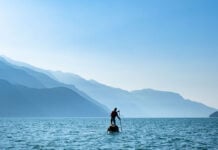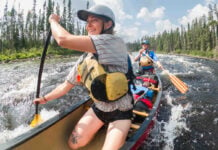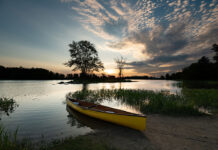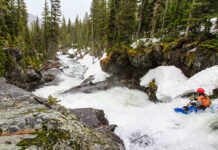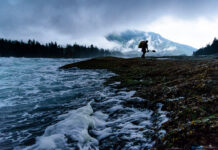Creek boating offers experienced whitewater paddlers a chance to get down and dirty with steep, rocky terrain and lower water flows. The resulting ride can be an awesome adrenaline rush, but creekers must keep a cautious eye and a confident hand right from the put-in. If you’re an aspiring creeker, follow these 10 tips to help ensure a fun ride.
10 expert tips from the Creeker’s Handbook
1 Get aggressive with boil lines
Boil lines form at the base of waterfalls, along eddylines and other places with the right combination of features and currents. Boil lines are constantly changing and, if you are in the wrong place at the wrong time, have the potential to work you hard. The water is aerated and unpredictable, making it difficult to roll and easy to catch an edge and flip. Use aggressive paddle strokes to cross boil lines, and stay relaxed and in the front seat if one takes you for a ride.
2 Beware undercuts and caves
Water should pillow up against rocks. If it doesn’t, there might be an undercut, cave or boulder sieve. The danger with these features is that the water flows into, beneath or through the rock and takes you inside. Careful river reading, solid boat control and starting your moves early are essential to avoiding these.

3 Watch for wood strainers and sieves
Wood strainers act like rock sieves or noodle colanders, letting water pass through but trapping larger objects like kayaks and their occupants. Clues that indicate wood might be present include brittle banks with overhanging topsoil and many fallen trees in the forest. Wood in the water is not always obvious, so be cautious even if all you see is a branch. The safest way to manage this risk is to run the creek as if there is wood around every blind corner.
4 Size it up for yourself
At the put-in, judge whether the levels are high or low. Ask yourself if there is reason to think something downstream might have changed. Understanding flows and visual gauges and treating each creek like a first descent are fundamental to creeking. The critical element to a successful run is the confidence of individuals at the put-in. Don’t be afraid to walk away if it doesn’t feel right. If you decide to put on, make sure the group has well established signals and a plan to communicate once you’re in the thick of it. Nothing is more unnerving than working down a steep creek with someone frantically waving at you in a game of indecipherable, high-stakes charades.
5 Use care when you go chasing waterfalls
Waterfalls lure many boaters to try creeking. Sticking the line on a burly waterfall is amazing, but there are lots of things to consider in this environment. First, figure out if there is a clean, achievable line. Break the drop down into the approach, the lip, the base of the falls and a safe eddy below. If you can see a line through these four zones, the next steps are organizing safety, determining hazards and, most importantly, figuring out methods for good communication. Before anyone runs a waterfall there should be a clear plan for how everyone will safely reach the eddy below.
6 Practise your boofing
Boofing is as essential to creeking as ollying is to skateboarding. The goal of boofing is to get your boat over something you’d rather avoid, like a nasty hole. Practice on small pourovers with enough water for your boat but not so much that it forms a sticky hole. Square up to the feature, plant a vertical paddle in the water, wait until your bow has passed the edge of the feature and then, with an explosive pull on the blade in the water, lift your knees and shove your shoulders forward simultaneously to make the boat jump forward.
7 Hop from eddy to eddy
Eddies are the brakes of a creek boat and the best way to deal with line-of-sight issues on steep creeks. Creeking safely depends on your ability to break down rapids with lots of stops and to never go downstream of the last eddy. Precision and confidence are very important: Creeking often violates the kayaking rule of thumb that you should always have a back-up eddy below. Sometimes the micro eddy above the lip of a drop is the only out. The secret to becoming an eddy-hopping expert is to treat every eddy on a creek as do or die.
8 Hole escapes and avoidance
Playboating skills translate well to dealing with holes on creeks. The main difference is trying to cartwheel or loop an 80-gallon creek boat out of a hole. Creek boats have volume, which means they stick in holes. The other challenge is that holes on creeks may look benign at first glance but are often very retentive. Your best bet is to avoid holes altogether, or else punch them with the clear intention of driving right through. Look for water moving downstream when scouting a line through a hole and integrate the timing and power of your boof stroke to propel your boat through the sticky zone.
9 When in doubt, scout
Never underestimate how important it is to move slowly into a rapid that needs scouting. This limits the risk of being swept downstream and gives you as many options as possible for scouting, portaging or ferrying into a line. Scouting from the outside of a bend offers the farthest view downstream but makes it harder to get to the opposite bank if needed. The first person down probes the run and sends any important feedback up to the group.
If the rapid is big enough to warrant a scout, then setting safety is usually a good idea as well. How to set safety is hugely situation dependent and should be learned by proper instruction. A couple key principles to keep in mind are that you must have a safe zone downstream that you plan to pendulum the swimmer into, and never commit yourself or the rest of the group to a worse situation in a panicked effort to save a swimmer.
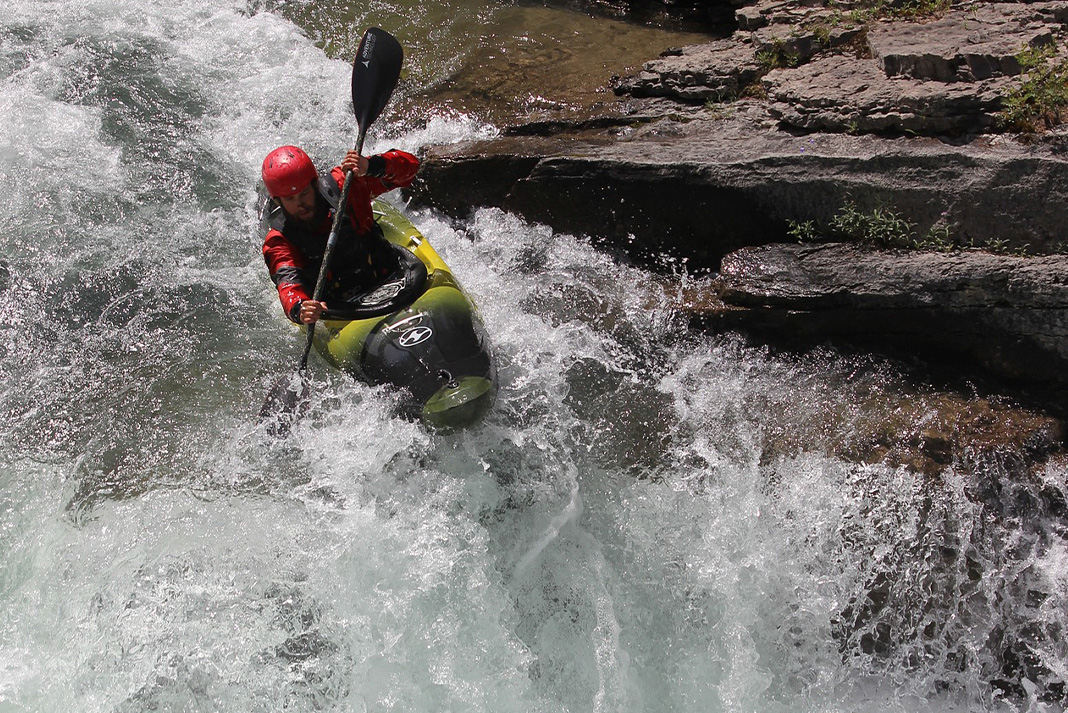
10 Take slides in stride
Slides are creek boating’s joy rides. The skill set is similar to that used in running waterfalls—finding a clean line from approach to exit is the recipe for success. Good forward posture and a readiness to brace at any moment will help keep you on line. Like waterfalls, when you can see your landing zone from start to finish, your ability to stay on line and upright greatly improves. Staying upright in this shallow, cheese-grater environment is your foremost goal.
Creek boating offers a chance to get down and dirty with challenging terrain and water flows. | Feature photo: Wonita or Troy Janzen/Pixabay



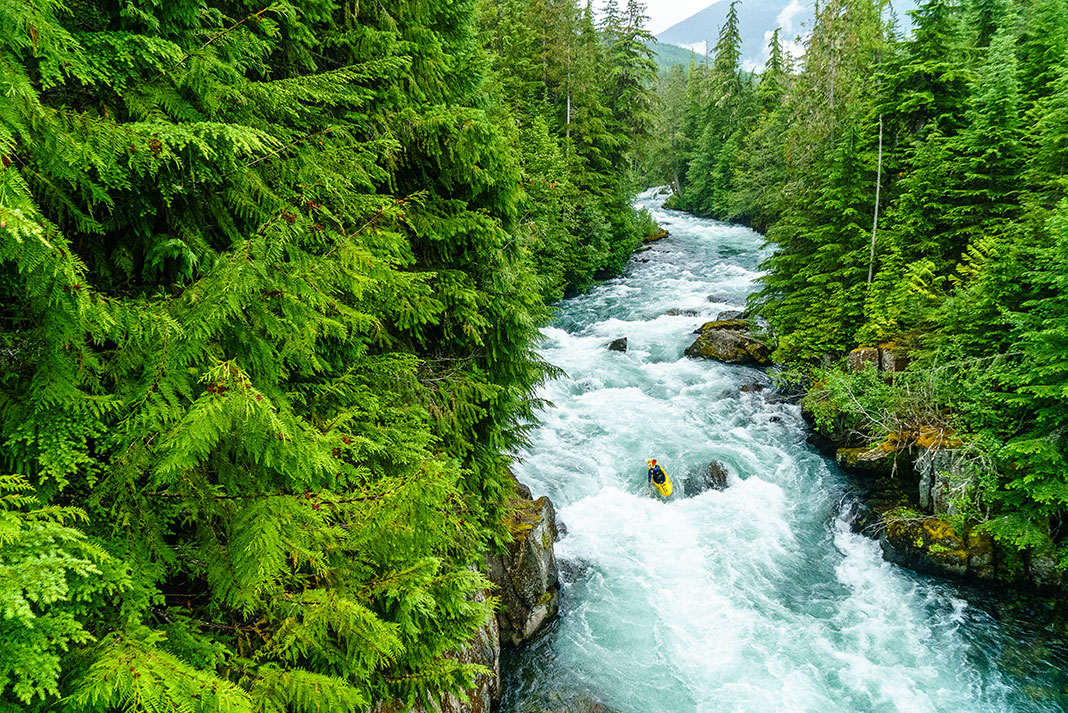


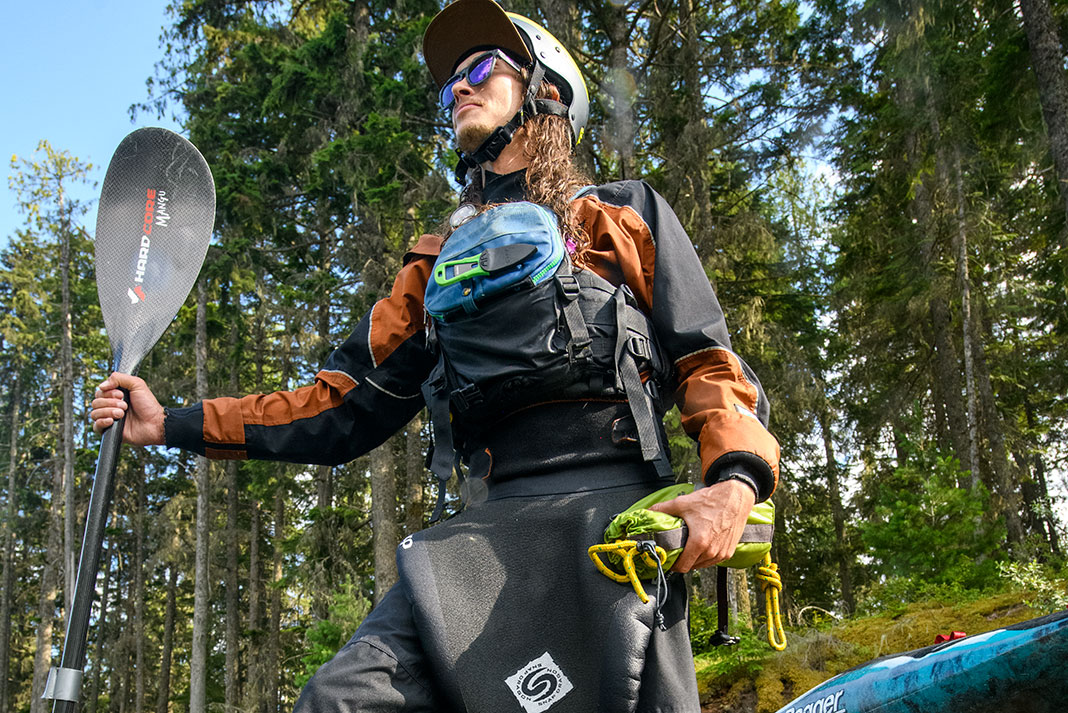
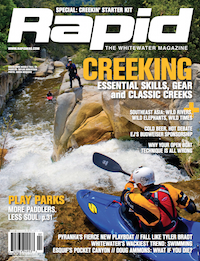 This article was first published in the Early Summer 2010 issue of Rapid Magazine.
This article was first published in the Early Summer 2010 issue of Rapid Magazine. 